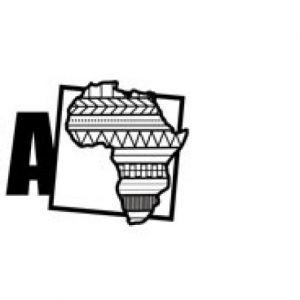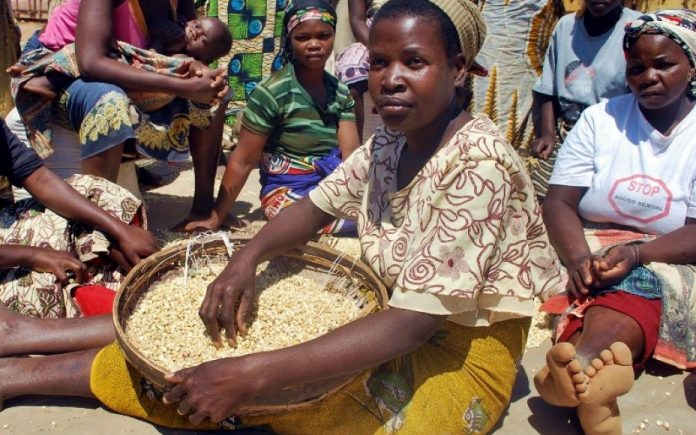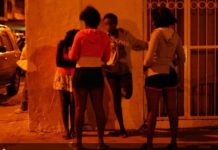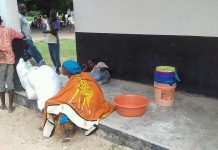THE climate crisis has left more than 9 million people severely food insecure in the southern Africa region with the number expected to rise to 12 million at the peak of the lean season later this year.
Parts of the region are experiencing their lowest rainfall since 1981 and have had only two favourable agricultural seasons since 2012.
In Mozambique, drought, two cyclones and violence in the north are expected to leave nearly 2 million people severely food insecure from October this year to March 2020.
“Life-saving emergency assistance must be urgently scaled up across the region. To date, there has been limited donor support for humanitarian response in some of these countries, partly because many of them are classified as upper or lower-middle income,” the United Nations (UN) Office for the Coordination of Humanitarian Affairs said.
“However, in each, extreme inequalities mean the poorest and most vulnerable are at acute risk of rising food insecurity, malnutrition, deepening poverty and indebtedness.”
In Mozambique, drought, two cyclones and violence in the north are expected to leave nearly 2 million people severely food insecure from October this year to March 2020.
Some 90,000 livestock have died in Namibia, which has received its lowest rainfall in 35 years. At least 290,000 of the poorest and most vulnerable people in the north are acutely food insecure.
In Zimbabwe, the devastating combination of floods, dry spells and a severe economic downturn are causing hunger levels to rapidly rise.
In both Eswatini and Lesotho, a quarter or more of the rural population will face crisis or emergency levels of food insecurity at the peak of the lean season.
And in Zambia, more than 2.3 million people are expected to be severely food insecure during the lean season and the country - normally a net cereal exporter - has placed a ban on maize exports.














